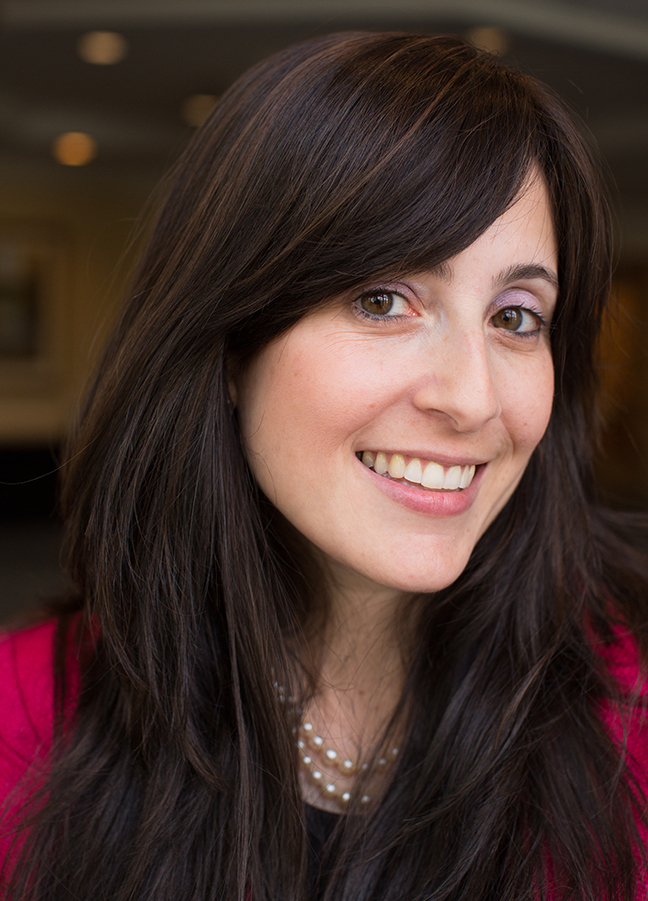According to the most recent Pew Research Study on American Jewish life, American Millennial Jews (ages 18-34) are increasingly disconnecting from traditional Jewish institutions. Additionally, as age decreases, so does identification with Judaism.
While 32 percent of Millennials identify as “Jews of no religion” (compared to 26 percent among Generation X, 19 percent among Baby Boomers, 14 percent among Silents and just 7 percent among the Greatest Generation), around 83 percent of them are proud to be Jewish.
Kids and teens spend an average of six hours daily online, and the nonprofit Jerusalem U says that the Jewish educational community is years behind in reaching them there and urgently needs to catch up.
According to Jerusalem U’s newly named CEO, Dina Rabhan, “for decades, the Jewish community has struggled to reach and teach the growing number of Jews that do not have access or choose not to access traditional Jewish learning opportunities. YouTube, the world’s largest global classroom and the No. 2 search engine, can change that.”
This is why, she told JNS, Jerusalem U has launched a new YouTube channel called “Unpacked,” featuring bite-sized videos that also tell complex, nuanced stories about Israel and Judaism in what Rabhan calls “non-prescriptive education.”

It aims to bring compelling content to social media and digital channels that reach younger Jews (primarily those ages 13 to 34) where they live, starting on YouTube—a landscape that Jerusalem U believes the organized Jewish community has largely left unexplored.
“People are curious about Judaism and Israel, but are not ready to commit to walking into a Hillel house or synagogue, or going to a Jewish event. But ‘Googling’ or learning about something from their dorm room is something they will do,” explained Rabhan, who posed that YouTube is more often than not their preferred platform.
“YouTube has billions of hours of educational videos being uploaded and viewed every month, and it’s where kids are choosing to do most of their learning outside of traditional institutions. It’s where they socialize, connect and understand the world around them,” said Rabhan, who has worked as an educational consultant supporting more than 200 Jewish day schools worldwide.
‘We need to be in this space’
Some 50 percent of YouTube viewers say they use it to learn or discover new things, using it as a search engine when they are curious about something, noted Rabhan. People are already searching for content related to Judaism and Israel on YouTube, curious after returning from a Birthright trip or hoping to learn about their Jewish roots.
“Whatever the reason, when someone searches for content, there is something there to find, and we want to be there,” said Rabhan, who maintained that as YouTube is the primary learning environment, the Jewish community has a “responsibility to leverage this incredible opportunity and make sure there is quality Jewish learning accessible and available to anyone searching or interested.”
Rabhan expressed her belief that media has the power to change the face of the Jewish world, stressing that “we need to be in this space.”
She continued, “It’s time for the Jewish community to recognize that this is the future. If we care about a diverse, committed and Jewish future, we have an obligation and the opportunity to let people know and care. For the first time in Jewish history, we have the ability to reach and teach every Jew.”
To propel the “Unpacked” launch, Jerusalem U is encouraging everyone to “take 10” in a campaign that offers to send those who sign up a free weekly video. The campaign says that by spending 10 minutes a week watching the videos, users will get up to speed on modern Israeli history. The first video series includes “The History of Israel Explained,” with 55 episodes, each eight to 10 minutes long. More series are in the production pipeline for 2019 and 2020.
According to Rahban, Jerusalem U’s strategic shift, which integrates “Unpacked” with documentary films and a website for educators with curricular material, will help the organization “respond to the changing needs of our world and target markets,” and achieve its vision of providing content for curious teens and young adults looking to engage with their heritage and history.


























